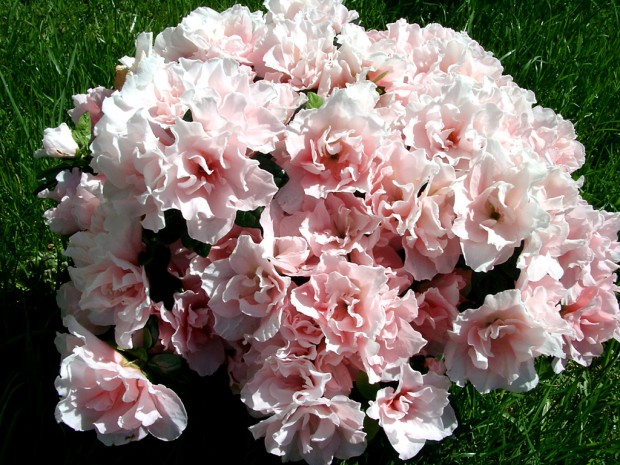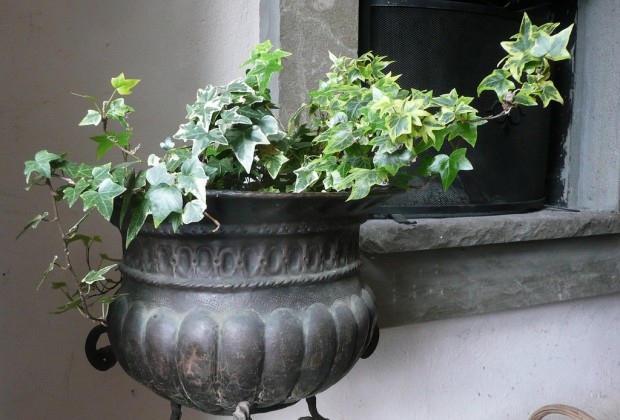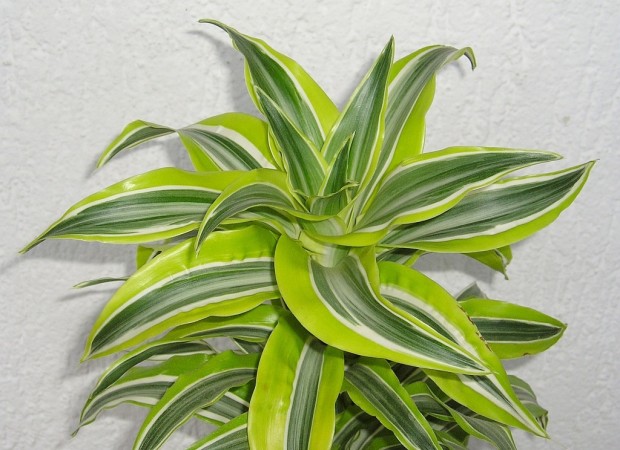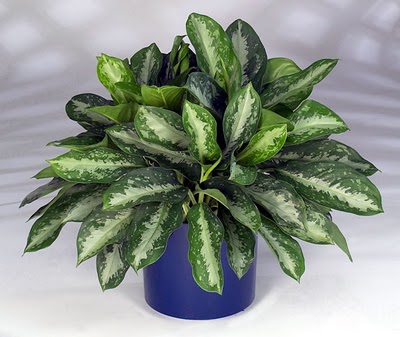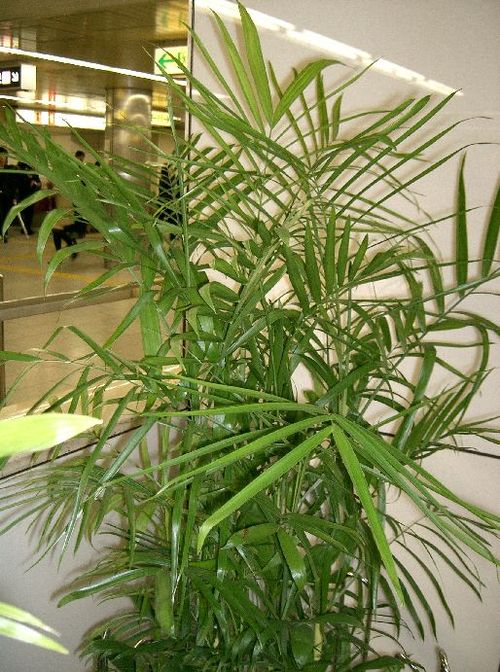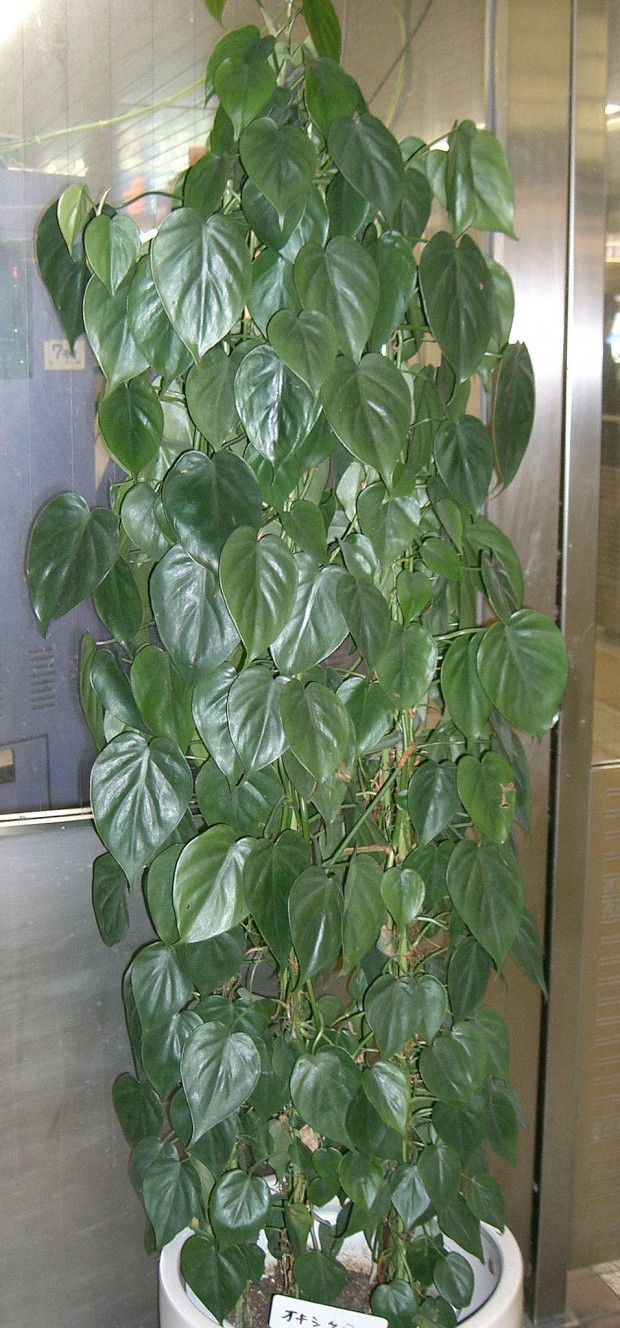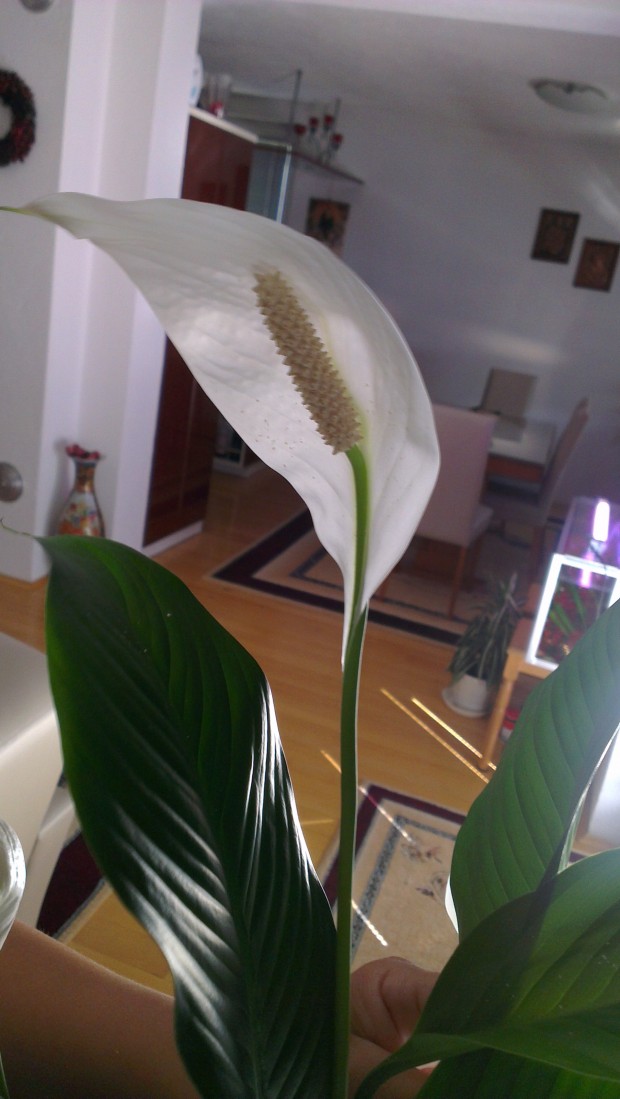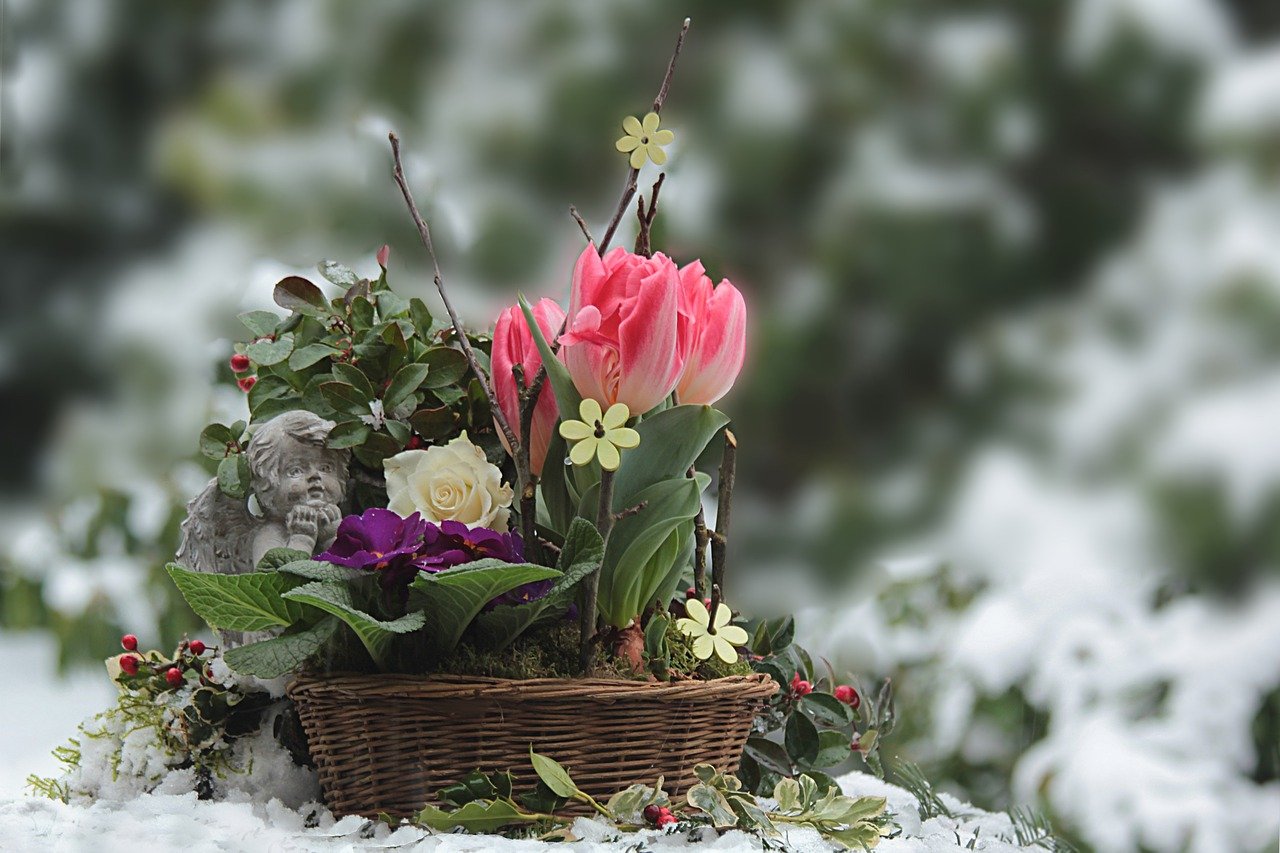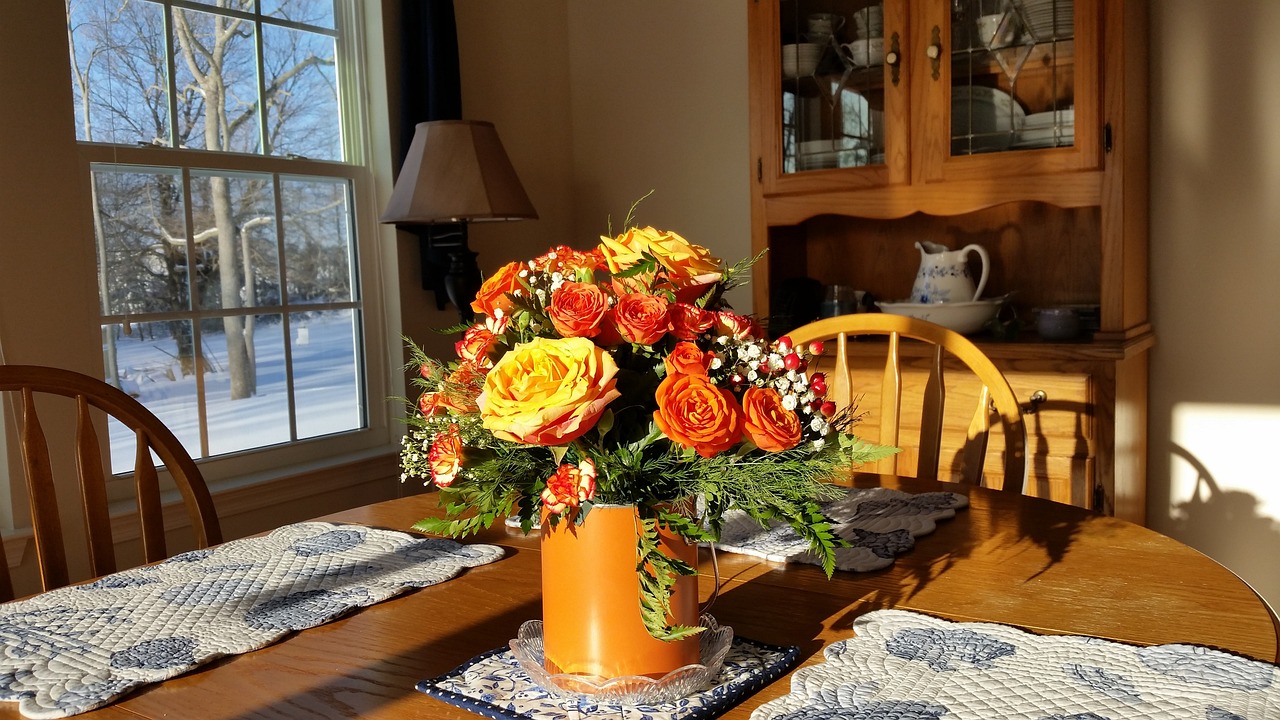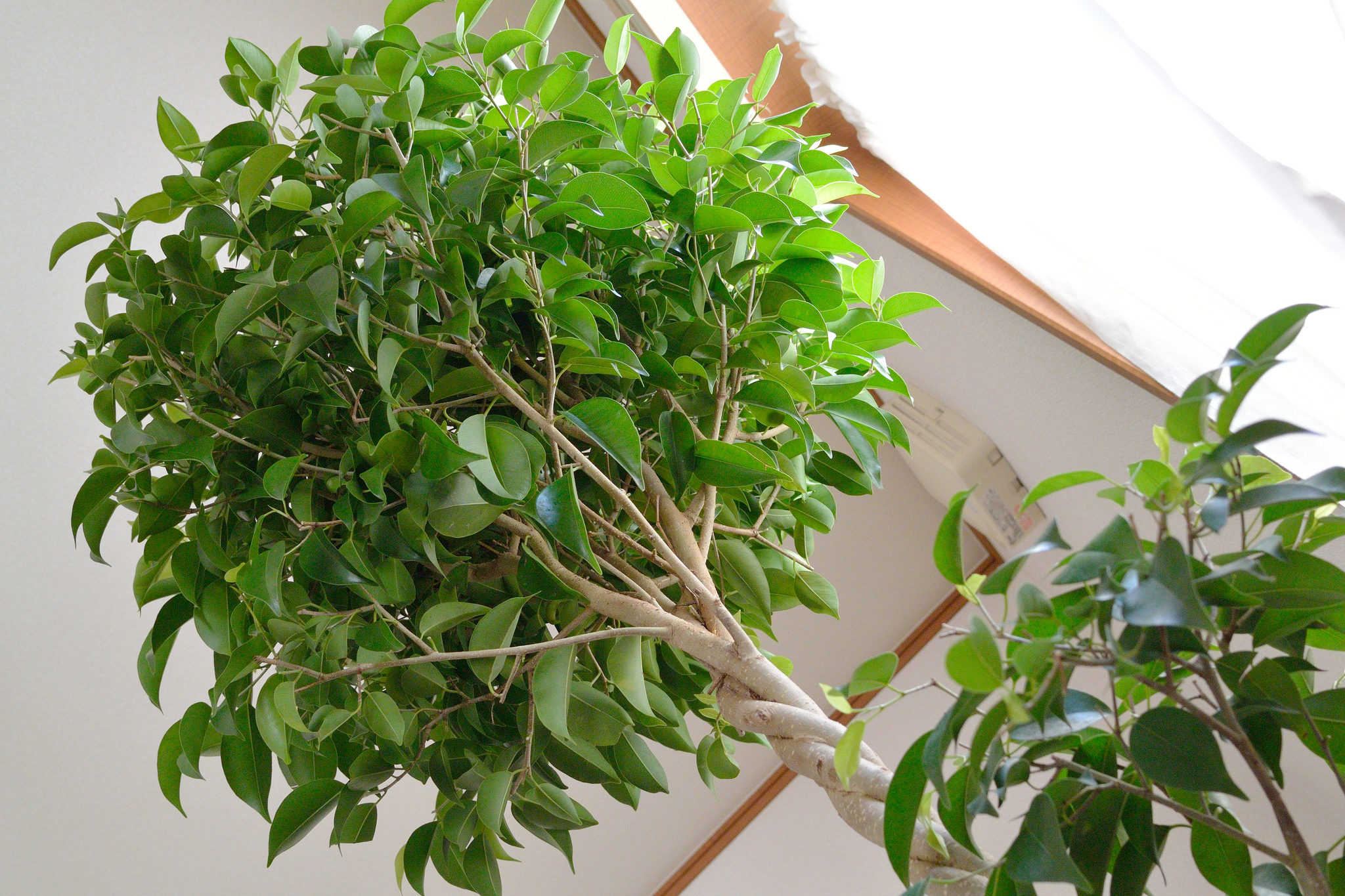As we said in the first part of the important houseplants for improving the air quality in your home, here we continue with the list of those 15 houseplants. After all our health is the most important thing, and the clean air is what can help with this. The houseplants are not expensive and they can improve our lives so much. The second thing is that they are beautiful and will help with decorating our home. There are many houseplants that can be put in different places, with a lot of lights or in moist places, and passively they will heal us, providing clean air.
Azalea (Rhododendron simsii)
Azalea is a plant with beautiful flowers and even stronger abilities. It fights the formaldehyde from plywood or foam insulation. This flower does not want warm places, and it is ideal to put it in basements with bright spots or hallways.
Image by Uwe Häntsch via Flickr
English ivy (Hedera helix)
A study shows that English Ivy or Hedera Helix is one of the houseplants that reduces airborne fecal-matter particles. It also filters out formaldehyde from the cleaning products.
Drachenbaum (Dracaena deremensis Lemon Line)
Dracaena Deremensis is ideal for your home. It grows easy without direct sunlight. Beside its benefits for cleansing air, it is beautiful flower with green leaves that grows up to 12 feet and forming clusters atop of a thin stem.
Image by Maja Dumat via Flickr
Chinese evergreen (Aglaonema crispum ‘Deborah’)
Aglaonema crispum is one of the houseplants that can grow on low light, produce blooms and red berries while filtering out the air from many toxins. Another thing is that is is easy to care for.
Image by László Majercsik via Flickr
Bamboo Palm (Chamaedorea seifrizii)
This is known as a reed palm, and can often produce flowers and small berries. Bamboo Palm is on the top of the list of houseplants that are best for clearing benzene and trichloroethylene. Best position is next to furniture that can be releasing formaldehyde.
Image by László Majercsik via Flickr
Heart leaf philodendron (Philodendron oxycardium)
Beside the heart shaped leaf, Philodendron oxycardium is strong fighter for removing all kinds of VOCs. One bad thing of this houseplant is that is very toxic when eater, so its not recommended to be put or kept if you have little kids and pets.
Image by Jungle Rebel via Flickr
Peace lily (Spathiphyllum)
Peace Lily is on the top of NASA’s list for removing all three of the most common VOCs – formaldehyde, benzene and trichloroethylene. It also helps with toluene and xylene. Another good thing about Spathiphyllum is that it produces striking flowers and does not need direct light. You must water it once a week and thats it. Our writers has most of those plants at home, but Spathiphyllum is one of the best. Try it and you will feel the difference.
© YourAmazingPlaces

